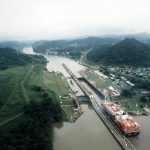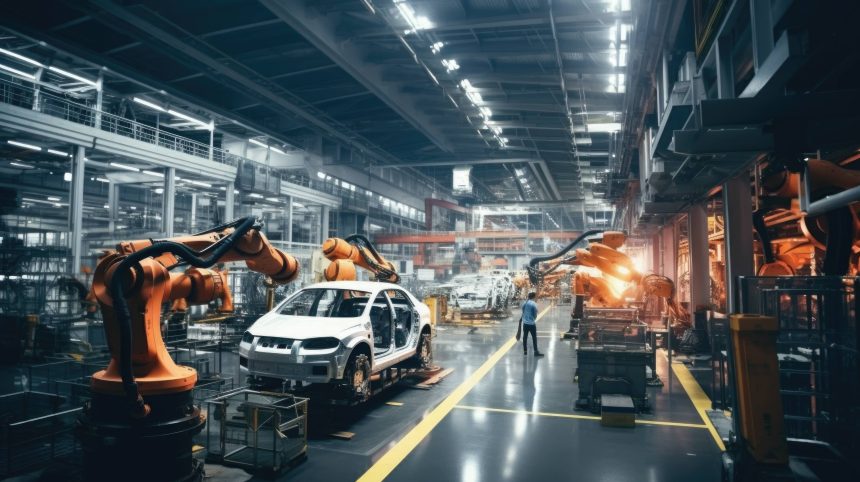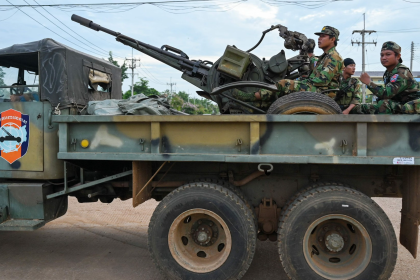In recent years, Artificial Intelligence (AI) has made significant inroads into various work areas, sometimes even replacing human roles. This shift is driven by AI’s ability to process large volumes of data efficiently, make predictions based on patterns, and execute tasks with precision and speed. This article explores the key areas where AI has replaced human labor, signifying a major shift in how industries operate.
1. Manufacturing and Production
In manufacturing, AI-driven robots and automated machinery have taken over many tasks that were once manual. This includes assembling products, handling materials, and even conducting inspections. These AI systems can work tirelessly, reduce errors, and enhance production efficiency. Industries like automotive and electronics are prime examples where AI has largely replaced human intervention in assembly lines.
2. Customer Service and Support
AI chatbots and virtual assistants are increasingly handling customer service roles. They can engage with customers 24/7, answering queries, solving basic problems, and providing information. These systems learn from interactions to improve their responses over time. In many organizations, AI has significantly reduced the need for human customer service representatives, especially for routine inquiries.
3. Banking and Finance
The banking and finance sector has seen a notable AI takeover in areas like fraud detection, risk assessment, and algorithmic trading. AI systems analyze vast amounts of transaction data to identify fraudulent activities and assess credit risks. In trading, AI algorithms can execute trades at speeds and volumes unmatchable by humans.
4. Transportation and Logistics
In the transportation sector, AI has made headway in the form of autonomous vehicles and drones. Self-driving cars, trucks, and drones are being used for delivery and transportation tasks. AI algorithms process information from sensors to navigate, avoid obstacles, and make route decisions, reducing the need for human drivers.
5. Healthcare Diagnostics
AI is playing a growing role in healthcare, especially in diagnostics. Machine learning algorithms analyze images like X-rays, MRIs, and CT scans to detect diseases such as cancer more quickly and accurately than human radiologists. These systems are assisting doctors but also, in some cases, replacing the need for human analysis.
6. Agriculture
AI-driven technologies in agriculture, such as automated tractors, drones, and crop monitoring systems, have replaced many manual tasks. These systems perform activities like planting, watering, harvesting, and monitoring crop health, improving efficiency and reducing the need for human labor.
7. Content Creation and Journalism
AI has ventured into creative fields like content creation and journalism. AI programs can write basic news reports, financial summaries, and sports updates by analyzing data and following predefined templates, reducing the need for human writers for certain types of content.
Conclusion
The integration of AI into various work areas signifies a transformative shift in the global workforce landscape. While AI brings efficiency and cost-effectiveness, it also raises concerns about job displacement and the need for re-skilling workers. The challenge lies in balancing AI integration with human skills and ensuring that this technological advancement complements rather than replaces the human workforce. As AI continues to evolve, it will be crucial to address these challenges and harness AI’s potential responsibly and ethically.
Also learn about Smart Living with AI: How Artificial Intelligence Enhances Daily Life.











